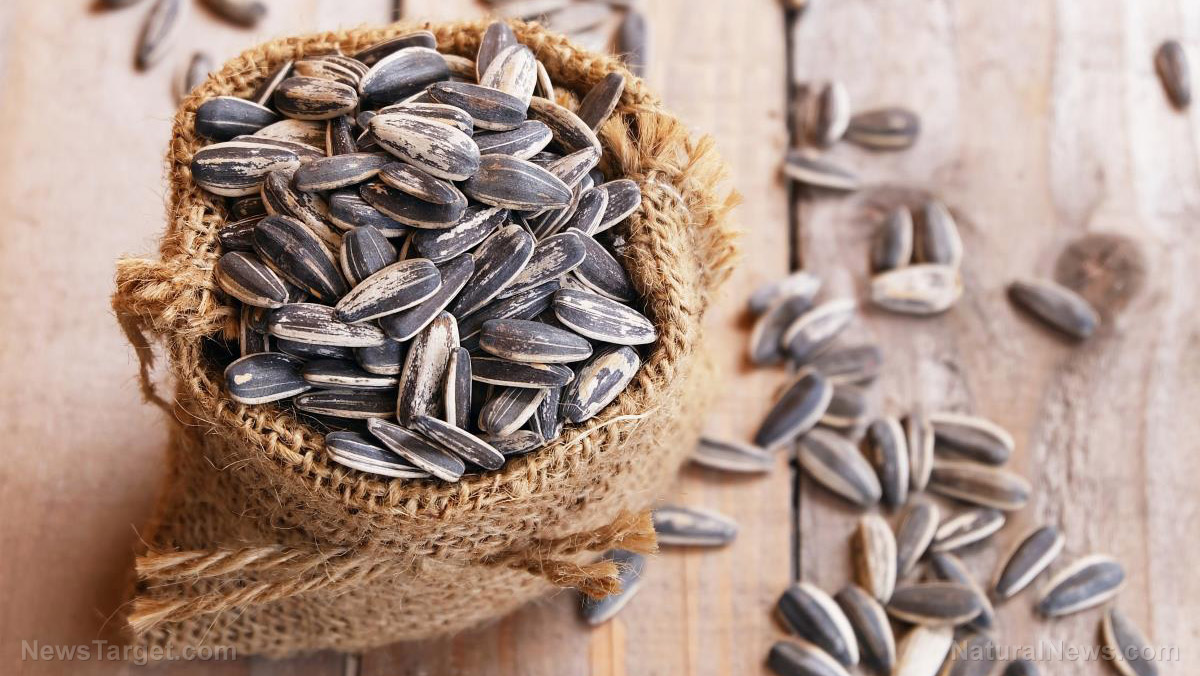 Parler
Parler Gab
Gab
Traditional Herbal Formulations based on Ashwagandha
Ashwagandha plays a vital role in different formulations prepared by the indigenous tribesmen of remote areas in India (Acharya, 2004, 2012; Acharya and Shrivastava, 2008, 2011). The local herbal healers use different part of this plant for curing range of human health (Acharya, 2012).Low Sperm Count
To increase sperm count, Ashwagandha powder should be taken along with milk or ghee (clarified butter) and sugar. Patalkot tribals perform a unique practice for increasing sperm counts. For this, they prepare a mixture of Ashwagandha powder (5g), Elephant Creeper (Argyreia speciosa) (5g), Holy Basil (Ocimum sanctum) seeds (1g) and boil it in milk (200ml) and to it, they add sugar to taste and give it to the patient. The formulation should be taken at least two months. In case of low sperm count and sterility, take equal amount of Ashwagandha root, Asian Water Chestnut (Trapa natans) fruit powder, Indian Asparagus (Asparagus racemosus) roots and Indian Kudju (Pueraria tuberosa) tubers. Crush and mix it thoroughly, take it twice a day for a month along with sugar and milk.Nocturnal Emission
In case of nocturnal semen emission, mix Ashwagandha powder (3g), Long Pepper (Piper longum) (0.5g), ghee (1 teaspoonful) and honey (1 teaspoonful) along with milk (150ml) and mix it thoroughly. Take it everyday for 15 consecutive days. According to the tribal healers, this formulation checks nocturnal seminal emission.Vitality and Fitness
As per healers from Dang- Gujarat, Ashwagandha powder and Aonla (Emblica officinalis) fruits should be taken in equal quantity and taken along with ghee and honey for maintaining physical fitness and vitality.Back Pain
To cope up with back pain, Ashwagandha powder should be taken along with hot water and sugar it helps in relieving back pain.Sleeplessness
In sleeplessness (insomnia), Ashwagandha powder (3g) and Long Pepper (Piper longum) fruit powder (2g) should be taken along with milk or water.Weak Eye Sight
For improving weak eye sight, equal proportion of Ashwagandha roots, Aonla (Emblica officinalis) fruit, Licorice (Glycyrrhiza glabra) root should be taken along with ghee everyday.Heart Ailments
Powder of Ashwagandha (3g) roots and Belleric Myrobalan (Terminalia bellirica) fruits (2g) should be taken along with jaggery (unrefined sugar) or honey every day. According to the tribesmen, it works as a tonic for heart.Gastric Trouble
In gastric pain, powder of Ashwagandha roots, Indian Asparagus (Asparagus racemosus) should be mixed thoroughly in equal quantity and should be taken along with ghee and honey.Diabetes
Tribesmen in Patalkot prescribe equal proportion of powder of Ashwagandha roots, Aonla (Emblica officinalis) fruit to the patient twice a day.Galactogogue
To cure the non lactation problems among new mothers, indigenous healers prescribe a wonderful formula. According to them, mix Ashwagandha powder (5g), Indian Asparagus (Asparagus racemosus) root powder (5g), Licorice (Glycyrrhiza glabra) root powder (2g), Cork Swallow-Wort (Leptadenia reticulata) aerial part (10g) and boil in 250ml. Take it twice a day, it works wonderfully as a galactogogue and helps in achieving maximum and a regular milk flow.Arthritis
To treat arthritis, powder of Ashwagandha (Withania somnifera), Kali mushli (Curculigo orchioides) root and Gokhru (Tribulus terrestris) seeds are taken in equal amounts and given to the patient along with milk. Read more at: GreenMedInfo.comStudy: BEETROOT JUICE may hold the key to healthier aging
By Ava Grace // Share
Top fruits to boost your health and the ones to avoid, according to a nutrition expert
By Belle Carter // Share
Japanese walking: The TikTok-backed fitness trend with science on its side
By Ava Grace // Share
Sunflower seeds: The tiny superfood with big health benefits
By Laura Harris // Share
Governments continue to obscure COVID-19 vaccine data amid rising concerns over excess deaths
By patricklewis // Share
Tech giant Microsoft backs EXTINCTION with its support of carbon capture programs
By ramontomeydw // Share
Germany to resume arms exports to Israel despite repeated ceasefire violations
By isabelle // Share










